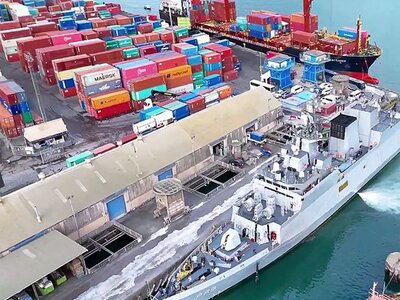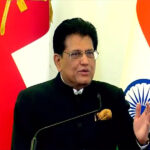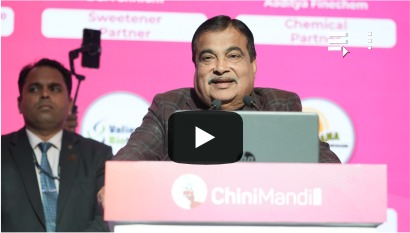New Delhi : India must pivot toward high-value, technology-intensive manufacturing to sustain export growth and shield its economy from global demand shocks, according to a report by consulting firm Forvis Mazars India.
The report added that weakening demand in advanced economies, coupled with rising protectionism and fragmentation of global supply chains, poses formidable risks to India’s trade environment.
Commenting on the report, Rohit Chaturvedi, Partner, Transport and Logistics, Forvis Mazars in India, said, “The findings underscore that export growth cannot rely on GDP expansion alone. To make India’s merchandise exports more resilient and less sensitive to external demand shocks, a shift toward high-value, technology-intensive manufacturing is essential, supported by targeted policy incentives to deepen integration into advanced global value chains”.
Chaturvedi further added that sustained progress will also require appropriate capital formation and development of enabling logistics infrastructure to reduce bottlenecks and improve competitiveness.
India’s external sector is entering a decisive phase, noted the report, adding, “With merchandise exports targeted to reach USD 1 trillion by 2030 (and total exports of goods and services expected to cross USD 2 trillion), trade strategy has become central to the country’s growth planning.”
“Exports are no longer viewed merely as an outlet for surplus production, but as a mechanism for deepening integration with GVCs, attracting foreign investment, and sustaining long-term GDP expansion,” the report added.
According to the report, India’s merchandise exports have undergone a marked transformation over the past two decades, shifting from low-value primary commodities to a portfolio increasingly led by higher-value manufacturing and technology-intensive products.
Between FY18 and FY25, engineering goods, petroleum products, electronic goods, pharmaceuticals, gems and jewellery, and chemicals together accounted for about 70 per cent of merchandise export value.
Electronics stand out as the fastest-growing segment, expanding fivefold to USD 38.5 billion and increasing their share from 2 per cent to 9 per cent in this period, the report added.
Engineering goods have remained the largest contributor, driven by capital goods, automotive components, and industrial machinery, while traditional sectors such as textiles have steadily lost share, highlighting the broader pivot toward knowledge- and technology-driven exports. (ANI)

















